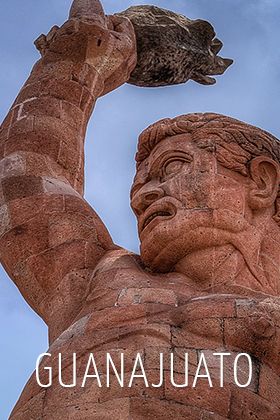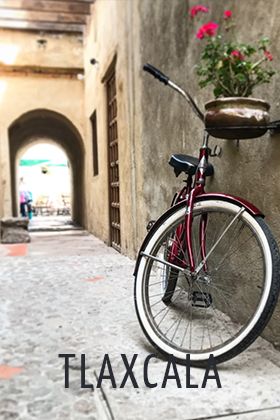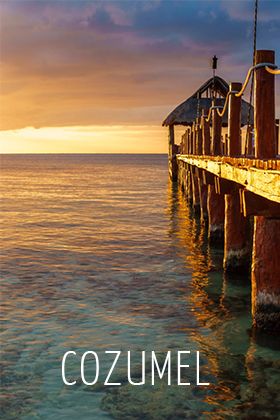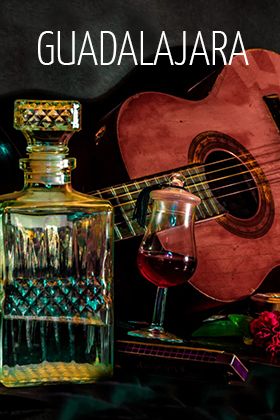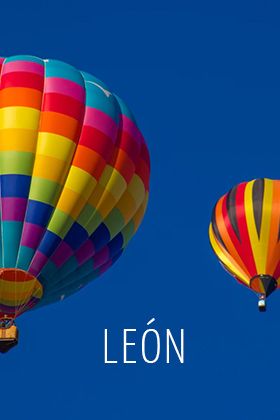Tequila
by: Travel by México

Tequila
by: Travel by México
From nahuatl "Tequilla" derive the words that give name to this municipality: "tequílli" (cut) and "tlan" (between). It translates as "place cut" or "place where it is cut." It is a town that develops and continues to grow among legends who share the taste of generations that matured and disappeared between fields and the jima of Los Altos de Jalisco.
It is Tequila! Prosperous city that emerges in history always accompanied by the blue agave (tequilana weber), plant that was already exploited by the pre-Hispanic Indigenous in the use of fermented concoction and garment manufacturing. In 1600 the first factory was installed by Don Pedro Sanchez de Tagle, Marquis of Altamira, who introduced the cultivation and distillation of mezcal.
That is when the community saw how this industry born that later became the main economic source of the municipality: the production of Tequila, as well as the production of barrels, casks, amphoras made with oak wood and pork skin to store the liquid. There are still very old factories as "The Riojeña" founded in 1795, "El Tigre" (today, La Constancia) founded in 1823, Destiladora de Occidente (now, "Tequila D'Reyes") founded in 1840, La Perseverancia (now, Tequila Sauza ) founded in 1873, El Llano (today,Azteca Tequila) founded in 1876 and La Mexicana (now, Tequila Orendain) founded in 1879.
For great pride of Mexicans, tequila today is a famous drink at the international level that are exported and consumed worldwide. Blessed juice of national character that always live up to the memories of the golden age of the cinema; it is enough to see any movie with Pedro Infante or with the "charro cantor" Jorge Negrete. Here you can visit one of the workshops where the liquor is produced and to know the process of how is fermented and distilled the maguey. The tequila may be joven (young), reposado (rested) or añejo (aged or vintage) depending on the number of years they left it to mature. The variety of brands and flavors is as big as drinks can be prepared with this elixir: Acapulco, Paloma, Girafa, petroleo, Guadalajara de fiesta, Piñata, Bloody Mary, Huatulco, La Division del norte, ¡ Caramba!, Long Island, Submarine, Changuirongo, Margarita, Charro negro, Cucaracha, Mexicola, Toro bravo and Nueva vida are just a few of their names.
But undoubtedly the most popular is the "Sangrita" beverage that is prepared with tomato juice, orange juice, lime juice, Inglesa sauce, chopped onion, Tabasco sauce, salt, ice and it is served to accompany caballitos of tequila . But there is much, besides an economic source; only between the foothills of the Volcan de Tequila and the deep valley of the Rio Grande, there are 34,658 hectares of farmland, distilleries and factories (in use and abandoned), taverns, haciendas, towns of pre-Hispanic cultures and archaeological sites that surround this charming city.
The panoramas agaveros are always extensive and ordered. In fact, this was the main reason why the Unesco decided to appoint this city as the first Mexican good in the subject of Paisaje Cultural (Cultural Landscape), inscribed on the World Heritage List since 2006 and now, the culture of agave is regarded as an intrinsic element of Mexican national identity. We must get closer to this magical land and know the key point that keeps in force




